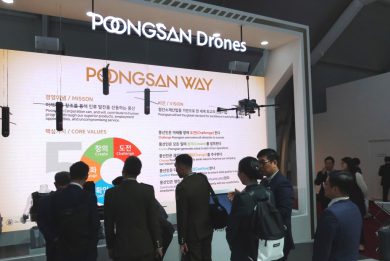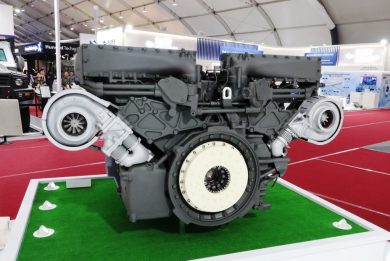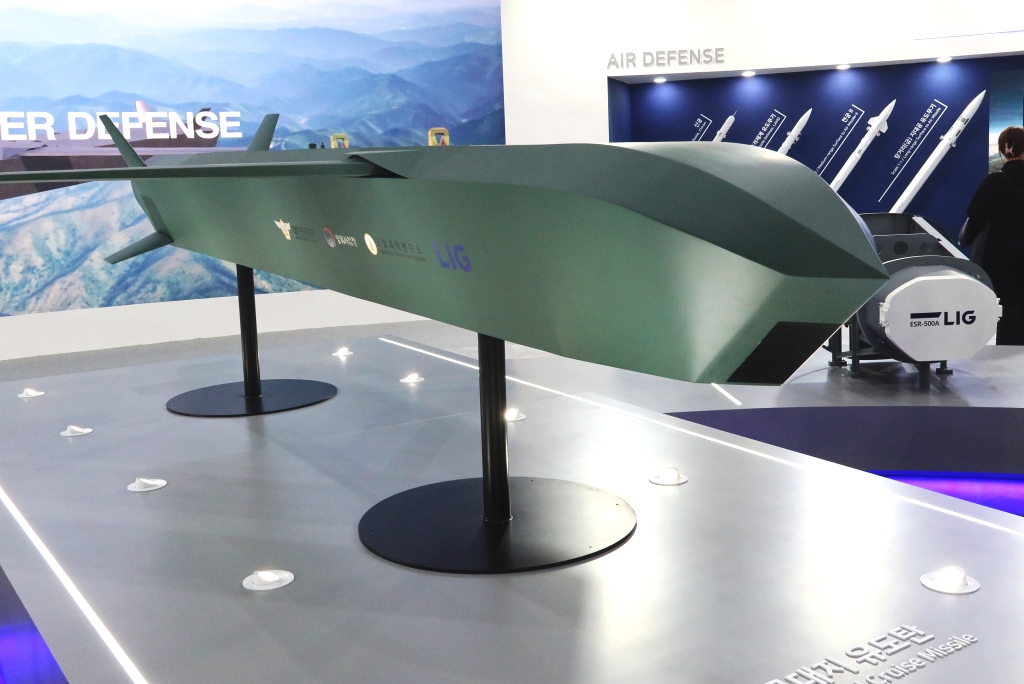
ADEX 2023 – LIG Nex1: new missiles and new drones for Korean armed forces
At ADEX 2023 LIG Nex1, well known for its missiles, exhibited a series of new developments both in its core-business field as well as in that of drones, with innovative propulsion solutions
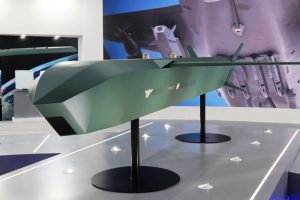
Starting from guided weapons, the Korean Air Launched Cruise Missile (KALCM) development was initiated this year with the aim of launching its production in 2029-2030. No metrics were provided however EDR On-Line understood that it will have a mass at launch around 1,500 kg and a range in excess of 500 km. Powered by a turbojet it will fly at Mach 0.9, it will have an inertial/GNSS navigation system and an imaging infrared seeker, no details being provided about its warhead. The programme is led by the South Korean Agency for Defense Development (ADD) Hanwha Aero being the other industrial partner. The KALCM will become the attack weapon of choice of the KF-21 Boramae, which prototype #6 performed during the ADEX flight demonstration. The Republic of Korea Air Force is currently using the Taurus air-to-ground cruise missile installed on F-15Ks, and at ADEX LIG Nex1 and Taurus announced the signature of a Memorandum of Understanding for the development of the MALCM/KEPD350K2 or Medium-Range Air-Launched Cruise Missile, which dimensions will be compatible with the FA-50 fighter attack aircraft produced by Korea Aerospace Industries.
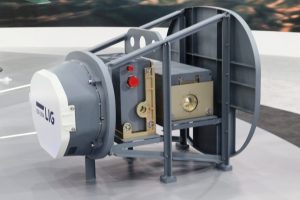
While its AESA radar was flying on the KF-21 prototype, LIG Nex1 exhibited in public for the first time next to the KALCM its ESR-500A, a much lighter solution aimed at light combat aircraft, such as the FA-50, and UAS. A thorough SWAP operation was carried out, not only reducing the number of transmitter/emitter, but also reducing the weight of each of them as of ancillary systems, an air cooling system being adopted. No indication on weight and performances were provided.
In the ground based air defence domain LIG Nex1 is developing a long-range surface-to-air missile, no range data being provided, that will also have anti ballistic missiles capability. The development phase should be finished by 2024, with production starting in 2025.
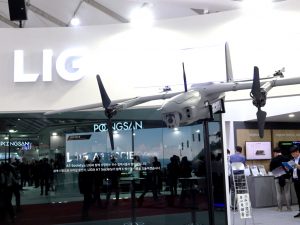
Well known for its missiles, LIG Nex1 was also exhibiting new UAVs. The smaller one is the Multi-Purpose Drone, a 14 kg maximum take-off mass multipurpose UAV with a 1 kg payload and 90 minutes endurance. It can take-off and land vertically thanks to four rotors, two behind and two ahead of the wing; once in the air the two front rotors tilt forward becoming propellers, the airframe gaining speed and the wing providing the lift during the mission. With all-electric propulsion, it can reach a maximum speed of 126 km/h. The Multi-Purpose Drone can be fitted with a warhead, transforming it in a loitering munition; the increased weight, the warhead exceeds the standard payload, means that the endurance in this configuration is reduced at around 30 minutes.
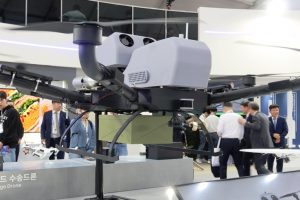
Solicited by the Korean Agency for Defense Development (ADD) and based on a Republic of Korea Army requirement, LIG Nex1 is also developing a cargo UAS with a maximum take-off mass of 200 kg and a 40 kg payload, hence the KCD-40 name for Korean Cargo Drone followed by the payload. The KCD-40 is a pure VTOL drone with six rotors, moved by the same number of electric motors powered by batteries; according to company sources, to ensure 60 minutes autonomy the powerplant is hybrid, a small gasoline engine ensuring battery reloading. The high landing gear based on two skids provides standoff to allow a voluminous load to be attached underneath the dronefuselage. The KCD-40 is fitted with a high precision automatic take-off and landing system as well as with an automatic homing system. Currently the MCDS is under development, tests on an iron bird being underway. The first flight is due to take place in early 2024, the programme being finalised by the end of that same year.
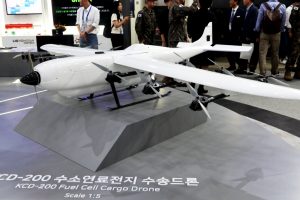
Further increasing the payload, LIG Nex1 developed the KCD-200 heavy-lift UAS, the name following the same rules of the KCD-40. A 1:5 model was exhibited at the Seoul exhibition, this UAS being developed under an over 35 million Euro contract by South Korea’s Ministry of Trade, Industry and Energy, which shows the dual applications of that airframe. For vertical take-off and landing the KCD-200 features six pods carrying each two two-blade rotors, one aft and one rear of the wing, that provide the necessary lift to fly the 1,350 kg maximum take-off mass UAS. At the front a much bigger two-blade propeller, also moved by the main electric motor, ensures the necessary thrust to reach the speed needed to allow aerodynamic lift provided by the wing to take over from the rotors. EDR On-Line understood these would then rotate, providing further thrust, with six pulling and six pushing rotors/propellers. Power is provided by hydrogen fuel cells that reload batteries which in turn power the main and the 12 secondary motors. The KCD-200 can reach a speed of over 100 km/h and has an endurance of 60 minutes. EDR On-Line understood the prototype is currently undergoing flight tests on a scaled-down airframe, first flight of the actual size KCD-200 being forecasted for late 2024/early 2025.
Photos by P. Valpolini

